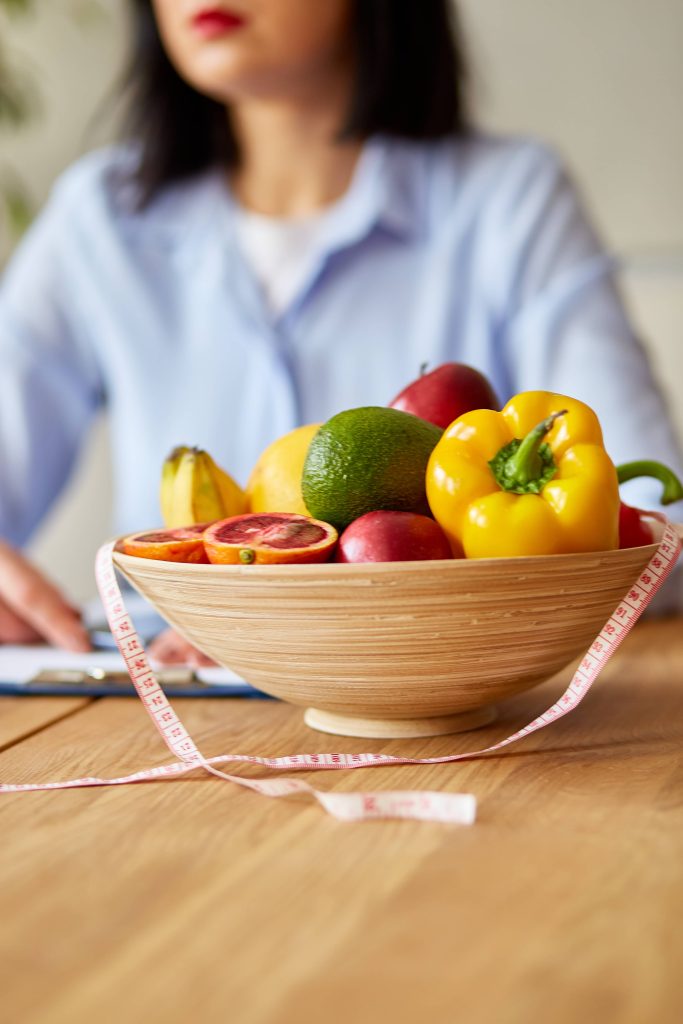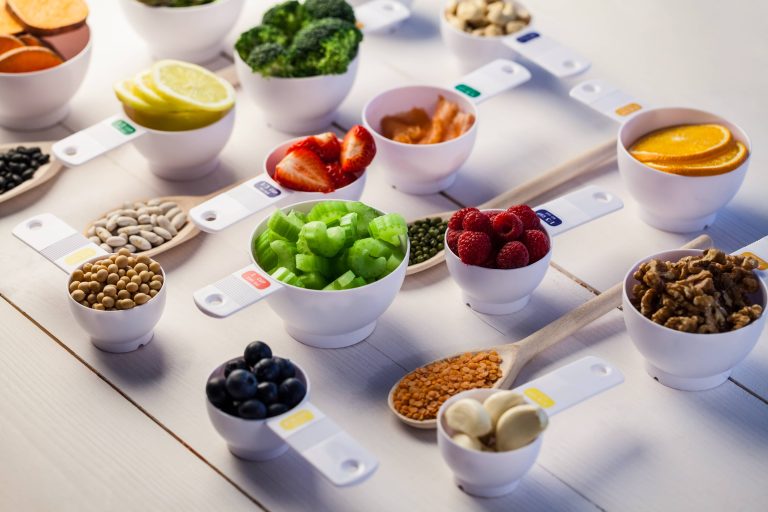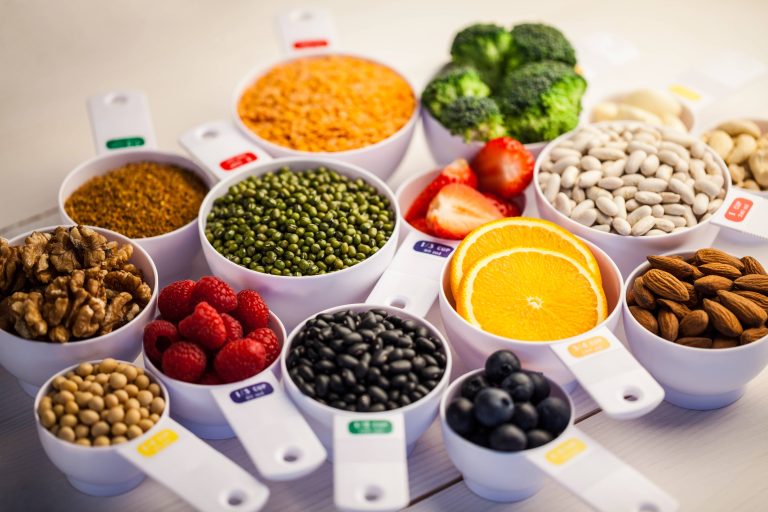
In recent years, dietary preferences have undergone significant changes as more people become aware of how certain foods affect their health. One condition that has gained considerable attention is gluten intolerance. For those living with this condition, special diets play a crucial role in maintaining health and well-being. In this blog post, we’ll delve into the intricacies of gluten intolerance, explore dietary choices for those affected, and offer practical tips for nourishing meals.
Understanding Gluten Intolerance
Gluten is a protein found in wheat, barley, and rye. It’s what gives bread its chewy texture and dough its elasticity. For individuals with gluten intolerance, consuming gluten can lead to a host of uncomfortable symptoms including bloating, diarrhea, constipation, and abdominal pain. While often confused with celiac disease, gluten intolerance (also known as non-celiac gluten sensitivity) does not cause the same intestinal damage seen in celiac disease, yet it still significantly impacts quality of life.
Identifying Safe Foods
For those with gluten intolerance, the cornerstone of a healthy diet is identifying and enjoying foods that are naturally gluten-free. Fruits, vegetables, legumes, nuts, seeds, fish, poultry, and most dairy products are free of gluten, making them safe choices. Whole grains such as quinoa, rice, millet, buckwheat, and amaranth are also excellent options. Many of these foods are not only gluten-free but also packed with essential nutrients, helping to compensate for any nutritional gaps left by avoiding gluten-containing grains.
Navigating Grain Alternatives
Grains are a staple in many diets, and eliminating gluten can initially seem daunting. However, there are numerous grain alternatives available that can substitute gluten-containing grains without compromising on taste or nutrition.
1. Quinoa: A complete protein and rich in fiber, quinoa is a versatile grain that can be used in salads, as a side dish, or even as a breakfast porridge.
2. Buckwheat: Despite its name, buckwheat is gluten-free and has a rich, nutty flavor. It’s perfect for pancakes, noodles, and even as a base for grain bowls.
3. Amaranth: High in protein and calcium, amaranth can be used similarly to quinoa in a variety of dishes.
4. Corn: Cornmeal and corn flour are naturally gluten-free and can be used in baking or for polenta.
5. Rice: Available in various varieties like brown, white, basmati, and jasmine, rice is a global staple and incredibly versatile.
Pitfalls and Hidden Sources of Gluten
One of the most challenging aspects of managing gluten intolerance is the prevalence of gluten in packaged and processed foods. Gluten is often used as a thickener or filler in a wide range of products, from sauces to soups, and even in some medications and supplements.
When shopping, it’s crucial to carefully read labels and look for certifications such as “Certified Gluten-Free.” Be cautious with ingredients like malt flavoring, hydrolyzed vegetable protein, and modified food starch, which may be sourced from gluten-containing grains. Dining out also requires a vigilant eye. Many restaurants now offer gluten-free menus, but it’s always wise to communicate directly with servers and chefs about dietary restrictions to avoid cross-contamination.
Creating Balanced Meals
Balancing nutrition while adhering to a gluten-free diet is entirely feasible with some planning and creativity. A well-rounded plate should include:
– Protein: Lean proteins like chicken, turkey, fish, and plant-based options like tofu and legumes.
– Healthy Fats: Avocados, nuts, seeds, and olive oil provide essential fatty acids.
– Fiber-Rich Carbohydrates: Fruits, vegetables, and gluten-free grains should be a daily staple.
– Dairy or Dairy Alternatives: Dairy is naturally gluten-free. For those who are also lactose intolerant, almond milk, coconut milk, and lactose-free options are available.
Breakfast could be oatmeal made from certified gluten-free oats, topped with fresh fruits and nuts. For lunch, consider a quinoa salad with mixed vegetables and a lemon-tahini dressing. Dinner might be grilled salmon served with roasted sweet potatoes and a side of steamed broccoli. These meals not only accommodate gluten intolerance but also provide a rich array of nutrients.
Incorporating Mindfulness in Eating
Adopting a special diet due to a condition like gluten intolerance is not solely about restriction. It can also be an opportunity to explore new foods and flavors. Experimenting with different cuisines, such as Mexican, Thai, or Indian, which often have naturally gluten-free dishes, can make mealtime exciting and enjoyable.
Mindfulness in eating also involves recognizing how your body responds to different foods. Keep a journal to track meals and symptoms, which can help in pinpointing any other sensitivities and optimizing dietary choices.
Conclusion
Living with gluten intolerance requires diligence, but it doesn’t mean sacrificing flavor, variety, or nutritional balance. By focusing on wholesome, naturally gluten-free foods and being informed about hidden sources of gluten, those with gluten intolerance can thrive healthily and happily on a special diet. Embrace the diverse world of gluten-free grains, experiment with global cuisines, and approach each meal as an opportunity to nourish your body and spirit. With the right strategies and a positive mindset, a gluten-free diet can be both delightful and sustainable.










